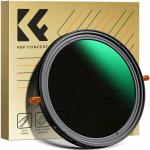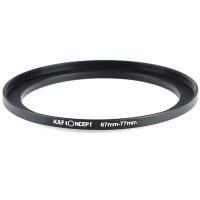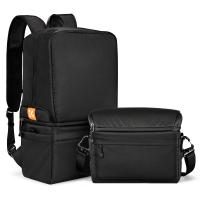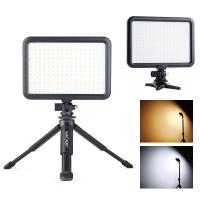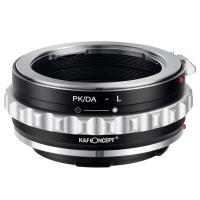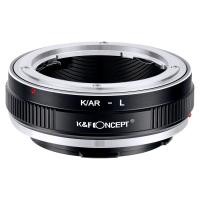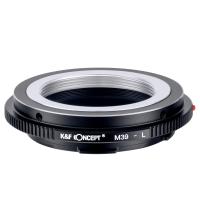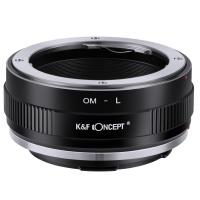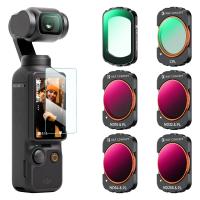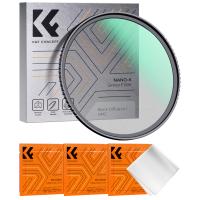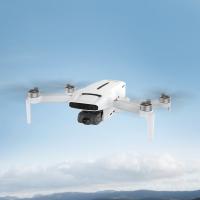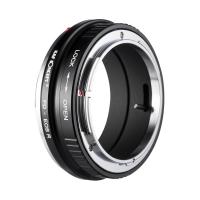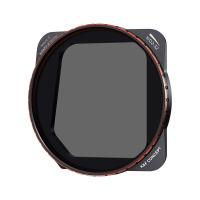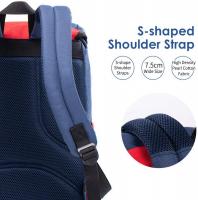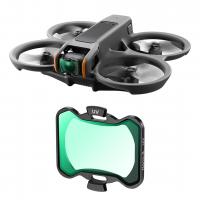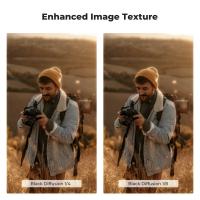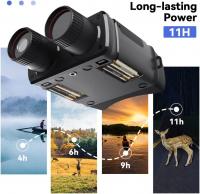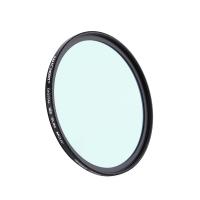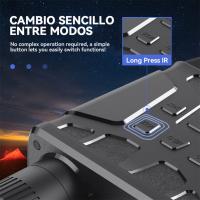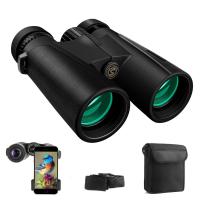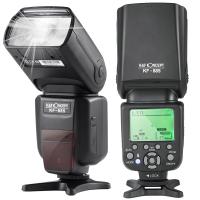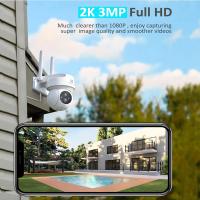Reviews
Two High Quality, Essential Filters in One Assembly.
I’ve been a fan of K&F Filters and accessories for some time now, and have come to appreciate the consistency and the quality of the brand. The majority of my lenses live their lives with K&F UV protective filters on their front element.
Like many others, as the caliber of mobile phone imagery and videography have improved to levels of near professional quality, I’ve begun to concentrate more energy into taking advantage of those attributes, not to mention the portability. Both in videography and photography, whether using a full-size camera or a high-end mobile phone, I consider both ND and CPL filters essential.
In hand, the K&F Concepts combination Variable ND2-32 and CPL filter gives the impression of quality. Between its matt black finish, the gold adjusting levers and the reflection of the multi-coatings, it’s also an impressive filter. In fact, I own a couple K&F variable ND filters in other sizes, although this is the only one that includes the CPL.
A variable ND filter works in a similar manner to a CPL, that is, there are two-rings, one that attaches it to a lens and the other that is turned to control the degree of transmission from more or less light, effectively allowing control of exposure. In this case, it’s the CPL that attaches to the front of the lens, with the ND component in front of that. In order to control each independently, the CPL has more resistance when being adjusted than does the variable ND component, which is adjusted using the gold levers on the side of the filter. That being the case, the user first adjusts the CPL to the desired position, then adjusts the variable ND to facilitate the desired exposure; it’s a system that is thoughtfully designed.
A ND filter, whether variable or not, is used to reduce the amount of light reaching a light sensitive material. In videography, it is generally used in order to follow the convention of a low ISO and a low shutter speed or a specific shutter angle. In still photography, it's used to allow for the use of a wider aperture in bright light situations or to reduce shutter speed for some desired effect. In either case, the benefit of the K&F Variable ND filter component is that the transitions between minimum and maximum light reduction are not stepped, but infinitely variable between its 2 - 5 stop range. In other words, one can set their camera to the desired settings, then rotate the light reducing transition ring to achieve the desired matching exposure.
A CPL Filter is used to reduce or eliminate certain non-specular reflections and also to saturate colors, for example a blue sky. Generally, a CPL itself requires a certain amount of exposure compensation, in my experience somewhere between 1.5 – 2.0 stops, because they also add neutral density when placed in front of a lens. Interestingly, and baffling, is that K&F has compensated for the ND effect of the CPL in their calculation of the variable ND component of the filter; when the ND is adjusted to its minimum variance, that is ND 2 (or .3), only one stop of exposure is reduced, not one stop plus the exposure reducing effect of the CPL.
Testing the filter for any reduction in image sharpness not only revealed none, but the example with the filter in front of the lens actually looks a hair sharper to my eye; each image has been enlarged to 505%.
The K&F Concept Variable ND plus CPL Filter comes from a trusted manufacturer, is high quality in fabrication, light transmission, and materials, and is essentially two filters commonly used together in one efficacious assembly. In other words, this single assembly allows for some control over distracting reflections, can enhance color saturation and allows for precise control of exposure settings, in what can otherwise be uncontrollable circumstances.
The K&F Concepts Variable ND plus CPL Filter is delivered with a hard plastic case and a nice cleaning cloth.
Like many others, as the caliber of mobile phone imagery and videography have improved to levels of near professional quality, I’ve begun to concentrate more energy into taking advantage of those attributes, not to mention the portability. Both in videography and photography, whether using a full-size camera or a high-end mobile phone, I consider both ND and CPL filters essential.
In hand, the K&F Concepts combination Variable ND2-32 and CPL filter gives the impression of quality. Between its matt black finish, the gold adjusting levers and the reflection of the multi-coatings, it’s also an impressive filter. In fact, I own a couple K&F variable ND filters in other sizes, although this is the only one that includes the CPL.
A variable ND filter works in a similar manner to a CPL, that is, there are two-rings, one that attaches it to a lens and the other that is turned to control the degree of transmission from more or less light, effectively allowing control of exposure. In this case, it’s the CPL that attaches to the front of the lens, with the ND component in front of that. In order to control each independently, the CPL has more resistance when being adjusted than does the variable ND component, which is adjusted using the gold levers on the side of the filter. That being the case, the user first adjusts the CPL to the desired position, then adjusts the variable ND to facilitate the desired exposure; it’s a system that is thoughtfully designed.
A ND filter, whether variable or not, is used to reduce the amount of light reaching a light sensitive material. In videography, it is generally used in order to follow the convention of a low ISO and a low shutter speed or a specific shutter angle. In still photography, it's used to allow for the use of a wider aperture in bright light situations or to reduce shutter speed for some desired effect. In either case, the benefit of the K&F Variable ND filter component is that the transitions between minimum and maximum light reduction are not stepped, but infinitely variable between its 2 - 5 stop range. In other words, one can set their camera to the desired settings, then rotate the light reducing transition ring to achieve the desired matching exposure.
A CPL Filter is used to reduce or eliminate certain non-specular reflections and also to saturate colors, for example a blue sky. Generally, a CPL itself requires a certain amount of exposure compensation, in my experience somewhere between 1.5 – 2.0 stops, because they also add neutral density when placed in front of a lens. Interestingly, and baffling, is that K&F has compensated for the ND effect of the CPL in their calculation of the variable ND component of the filter; when the ND is adjusted to its minimum variance, that is ND 2 (or .3), only one stop of exposure is reduced, not one stop plus the exposure reducing effect of the CPL.
Testing the filter for any reduction in image sharpness not only revealed none, but the example with the filter in front of the lens actually looks a hair sharper to my eye; each image has been enlarged to 505%.
The K&F Concept Variable ND plus CPL Filter comes from a trusted manufacturer, is high quality in fabrication, light transmission, and materials, and is essentially two filters commonly used together in one efficacious assembly. In other words, this single assembly allows for some control over distracting reflections, can enhance color saturation and allows for precise control of exposure settings, in what can otherwise be uncontrollable circumstances.
The K&F Concepts Variable ND plus CPL Filter is delivered with a hard plastic case and a nice cleaning cloth.
12/03/2025
Related products
A$9.23
A$9.99
Recommended products
Related articles
Recommended articles
Popular searches

